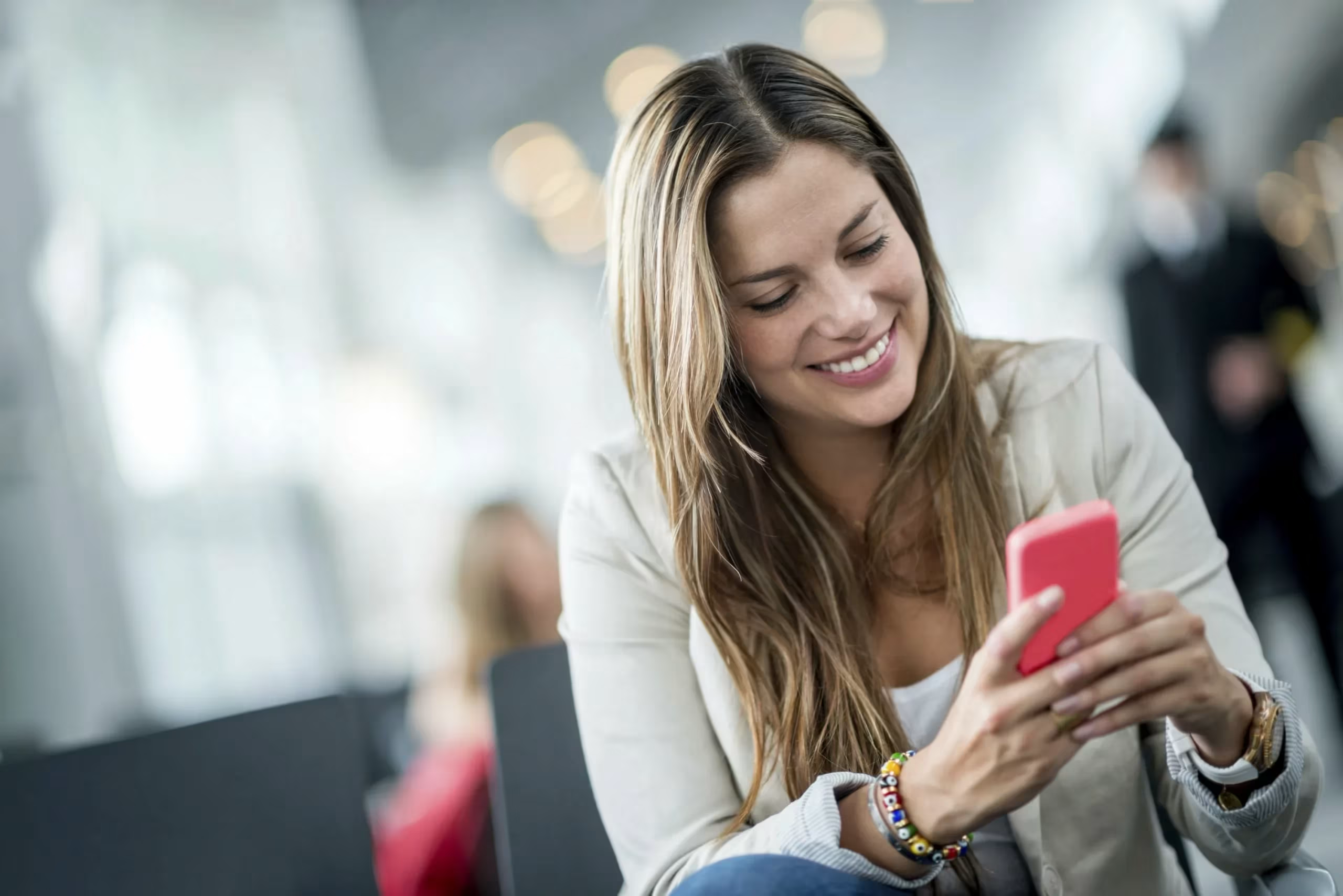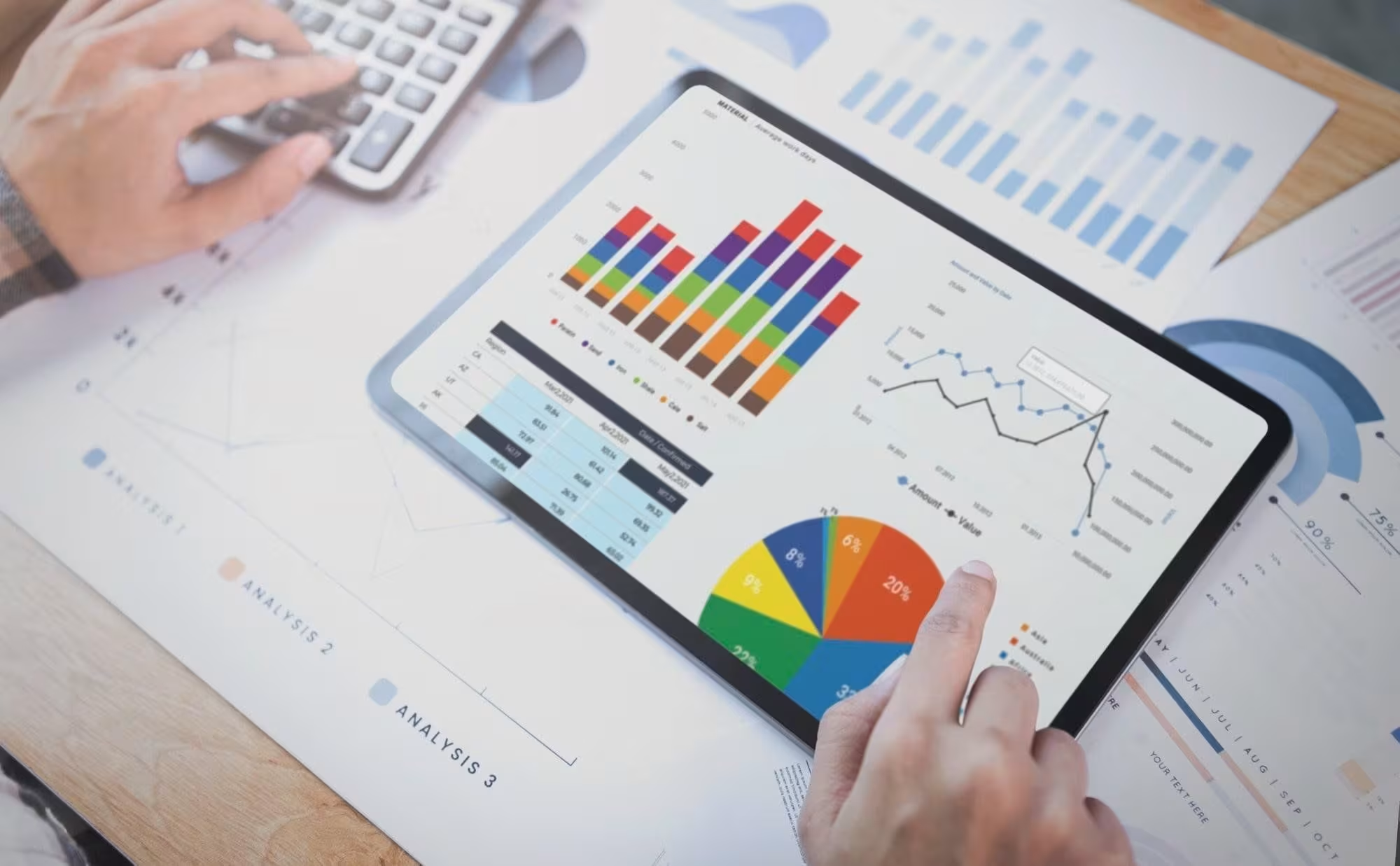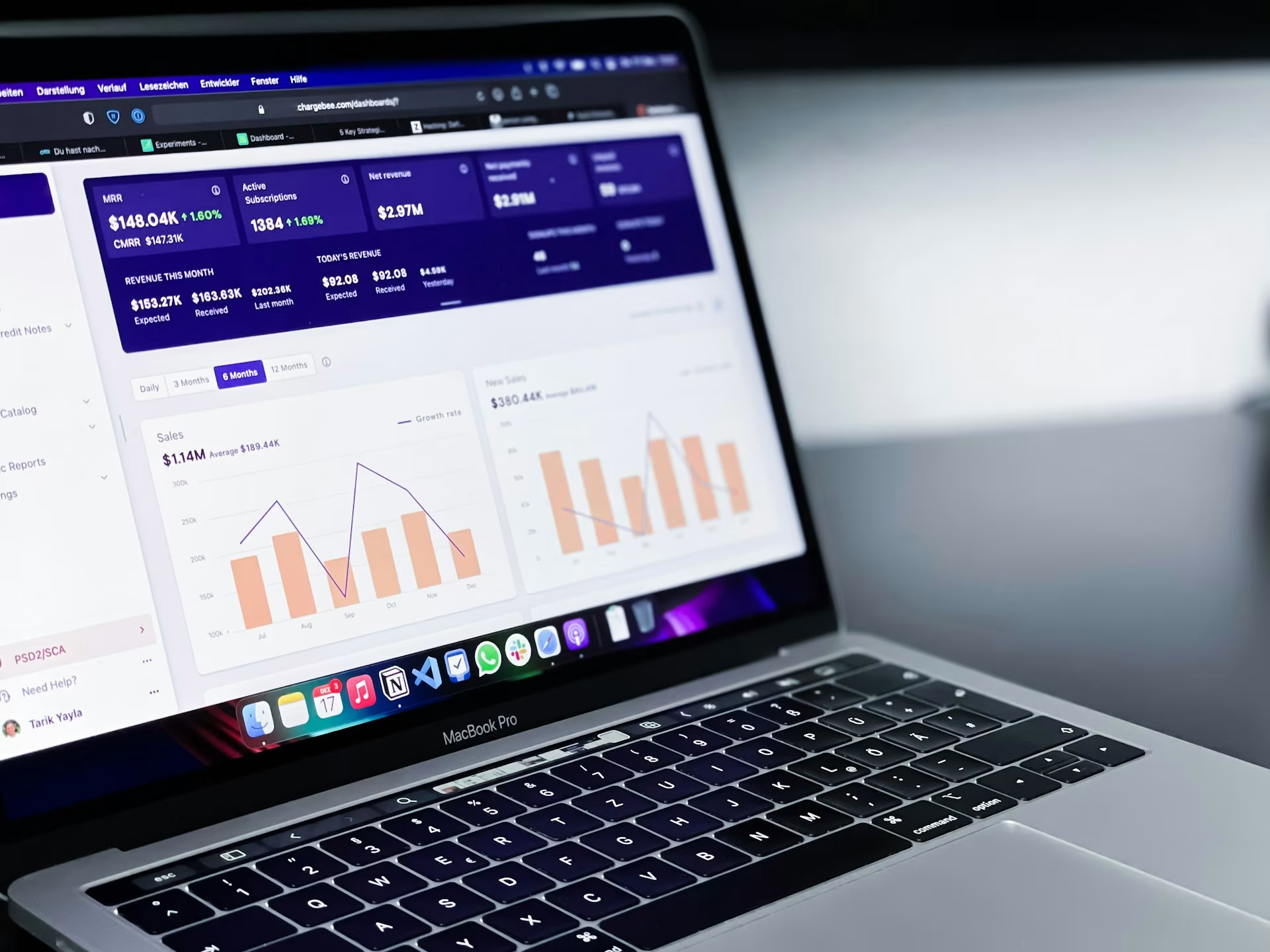Why Good Design Doesn’t Just Solve Problems—It Also Evokes Emotion
Functionality is the floor, not the ceiling, of design. In a world saturated with clean, minimalist interfaces, emotional design becomes a competitive advantage.
What Is Emotional Design?
It’s the ability to generate positive emotions—such as surprise, trust, or joy—at every touchpoint with the user. It goes beyond visuals: it includes tone of voice, microinteractions, animations, and small details that make an experience truly memorable.
The Three Layers of Emotional Design (According to Donald Norman)
- Visceral – What the user feels at first glance: colors, shapes, typography.
- Behavioral – How easy, smooth, and comfortable it is to use the product.
- Reflective – The lasting impression after the experience is over.
Inspiring Examples
- The “Like” animation on Twitter/X that changes depending on the content.
- Duolingo’s friendly and playful tone, even when you make mistakes.
- The delightful surprise of an unexpected animation in an app.
At Tribu, we see emotional design not as decoration, but as a tool to humanize technology. Because at the end of the day, we design for people, not for screens.












